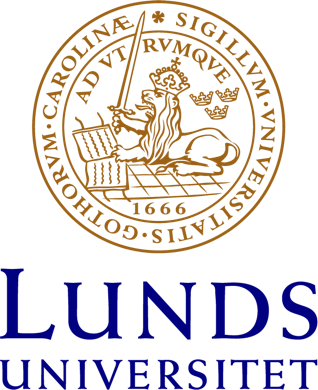2015-01-22
From conceptual structures and plastic invariants to semantic forms
Ivan Kasabov (New Bulgarian University)
From the semiotic point of view, it is especially important to single out three interconnected but different levels of sign existence: of theoretical form (as architectonics or theory of sign possibility), of actual existence (as praxis), and of socio-cultural values (as knowledge or language competence).The claim in this presentation is that in human experience we have access to actual objects via sensations of physical, material character but we perceive or apprehend these objects as signs. Without being a sign, an object is not recognizable, nor communicable or understandable. This means that to become a sign, every single object has to identify some other object or any object like it, or to be understood as presented in its specific features in an actual act of communication of any form. Such objects are predicative signs of speech or thought. A thing obtains its reality as an object on the level of cultural values or social functions as a sign-type with its own name, meaning and connotations. These connotations as values of meanings (or of modal values) govern the dynamics of object- and word-transformations. The meaning is an understanding (to a certain degree) an object’s essence of the sign, that is, internal-predicative, attributive interpretation. On the level of theoretical form (as architectonics or theoretical “design” of sign possibility) the interpretative understanding of such a sign could be understood as hierarchic iconic sign representation of basic conceptual structures (of fields, of events, and of states: Brandt 1995). Such a categorization has much in common with the problems presented by the modern concept of so-called plastic invariants (or figural expressive and content differential features of structure, colors, and forms), investigated in the field of visual semiotics (cf. Floch 1990, 1995; Lévi-Strauss 1979), where the distinction is made between two levels of analysis in visual texts: the figurative level, which uses some objects of the real world in order to create a fictional world; and a plastic level, where no object of the real world is recognizable. The plastic level, though, contains a network of non-figurative features, such as positions, forms and colors in their oppositions and relations. Similar to the problems of basic conceptual structures and plastic invariants are the problems presented by the modernized classical concept of so-called construals, being (after Kröber 1923 (1948), 1939) either “an interpreting” (in the case of facts, data, a statement) or “interpretation” (here genealogy and taxonomy rest partly on admitted facts, but partly on the construal of facts). In other words we have to deal with the problems of phenomena (facts) recognition in their interpretations by respective signs. Hence the main problem is to single out the constitutive and constructive elements of the sign. To achieve this aim, it is necessary to extract the main semantic features (and basic or “universal” categories), understood as named substantiated qualities like soundness, lightness (darkness), substantiality, formality, corporality, humanity, etc. in their constructive function as words’ iconic construals, plastic invariants or ”etymons”. On these grounds – on the grounds of constructive sign-words’ meanings – it is possible to build lexico-semantic architectonic categorization and systematization of signs’ meanings in order to establish a lexico-grammatical system of language and to understand lexico-semantic development of values, transformations of meanings and word-formation processesReferences
Brandt, Per Aage 1995 : Morphologies of Meaning, Aarhus University Press.
Floch, Jean-Marie 1990: Sémiotique, marketing et communication, Paris: PUF.
Floch, Jean-Marie 1995 Identités visuelles, Paris: PUF.
Kröber, Alfred 1923: Anthropology. New York, (rev. ed. 1948).
Kröber, Alfred 1939: Cultural and Natural Areas of Native North America. Berkeley.
Lévi-Strauss, Claude 1979 : La voie des masques, Paris, Plon.
Peirce, Charles 1992-1998: The Essential Peirce, Vol. 1-2, Indiana University Press, Bloomington.
